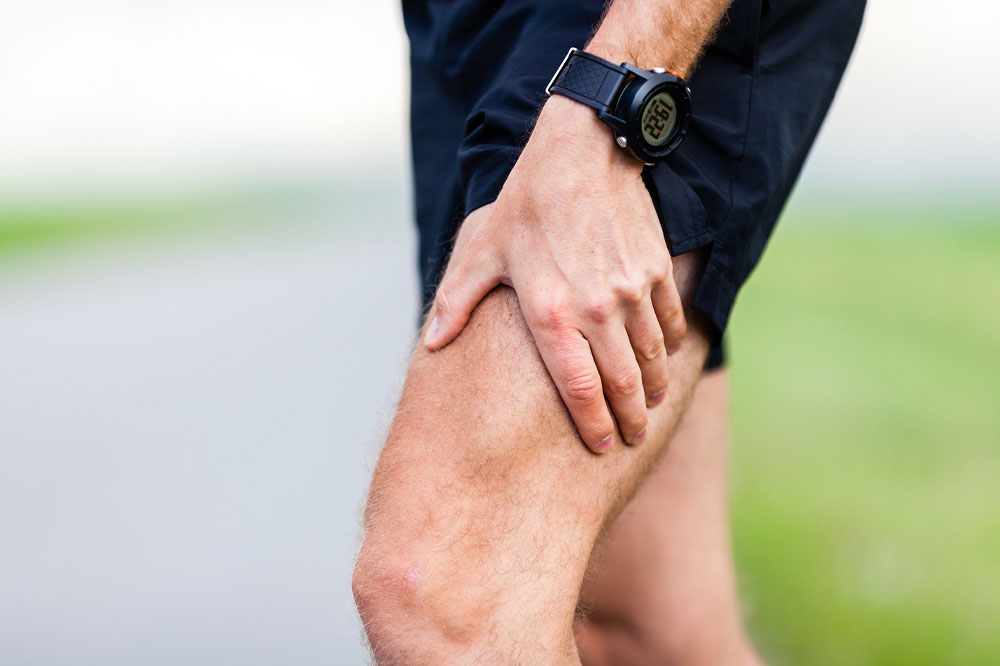5 habits that can raise the risk of blood clots

Blood clots are gel-like masses that can clog one’s blood vessels. They are made of platelets, proteins, and cells. They can restrict blood flow while moving through the bloodstream or stick to the walls of tiny blood vessels. Clots can affect any part of the body and be life-threatening if they block vitals like the lungs, heart, or brain. Here are some common habits and risk factors that can affect one’s blood circulation over time.
Habits to avoid
Here are some habits that cause blood clots:
- Sitting for a prolonged time
The modern lifestyle may require one to sit at a desk in front of computers for a long time. Doctors warn that sitting for an extended period can pose a health risk and lead to many health concerns. When one does not move for hours, the blood gets pooled in one place. The flow is also restricted, especially in one’s legs, increasing the risk of blood clotting. - Wearing tight clothing and shoes
Tight clothes, including jeans or high heels, can make it difficult for blood to flow freely through the body, especially to the legs. Apart from this, tight clothing can also compress the intestines and affect abdominal health, leading to pain or heartburn. Those who opt to wear tight clothes are advised to move around, stretch, or take off their heels at regular intervals to improve blood circulation. - Mismanaging stress
Chronic stress or anxiety can increase one’s heart rate and blood pressure, which puts undue pressure on the walls of one’s blood vessels. The pressure damages the tiny vessels and makes them stiff, leading to a heightened risk of forming blood clots and blockages in the heart and lungs. - Sleeping poorly
Not getting sleep can lead to high blood pressure and inflammation, which in turn can contribute to poor blood circulation. One should aim for seven to nine hours of daily sleep and practice unwinding activities like breathing exercises, yoga, or reading to improve sleep quality. - Not drinking enough water
Dehydration caused by a lack of water intake can thicken the blood and narrow blood vessels, which increases the risk of developing blood clots. To avoid this, one can consume a variety of liquids apart from water, including fruit juices, water-rich foods like melons and cucumbers, and soups.
Other risk factors
Here are some common risk factors:
- Surgeries
Any surgeries in one’s hips, lower abdomen, or legs are one of the major risk factors for blood clotting. One can speak with their surgeon before going on for the surgery and clarify any treatment options or precautionary measures that should be taken after the surgery to avoid clotting. - Pregnancy
Pregnancy raises one’s estrogen levels, which can increase the risk of forming a blood clot. Doctors warn to be especially careful during the third trimester since movement is much more restricted during this time. - Postpartum
A woman’s body goes through tremendous changes during pregnancy, and the process of healing both physically and emotionally begins after giving birth. Some studies suggest that during the six weeks of the postpartum period, women may be at risk of developing blood clots. The risk goes significantly down after seven to twelve weeks following delivery.
Signs of poor blood circulation
There are several signs that can point toward poor blood circulation and potential blood clots. Some common ones are cold hands or feet, swelling, redness, pain, numbness in one’s legs or arms, dizziness, or fatigue. One might also feel breathless or experience sharp chest pain if the blood circulation to the heart is restricted. If one experiences any of these symptoms, one must consult a healthcare professional immediately for timely treatment. This will also ensure that the clots don’t increase the risk of other serious health concerns, including heart stroke.







